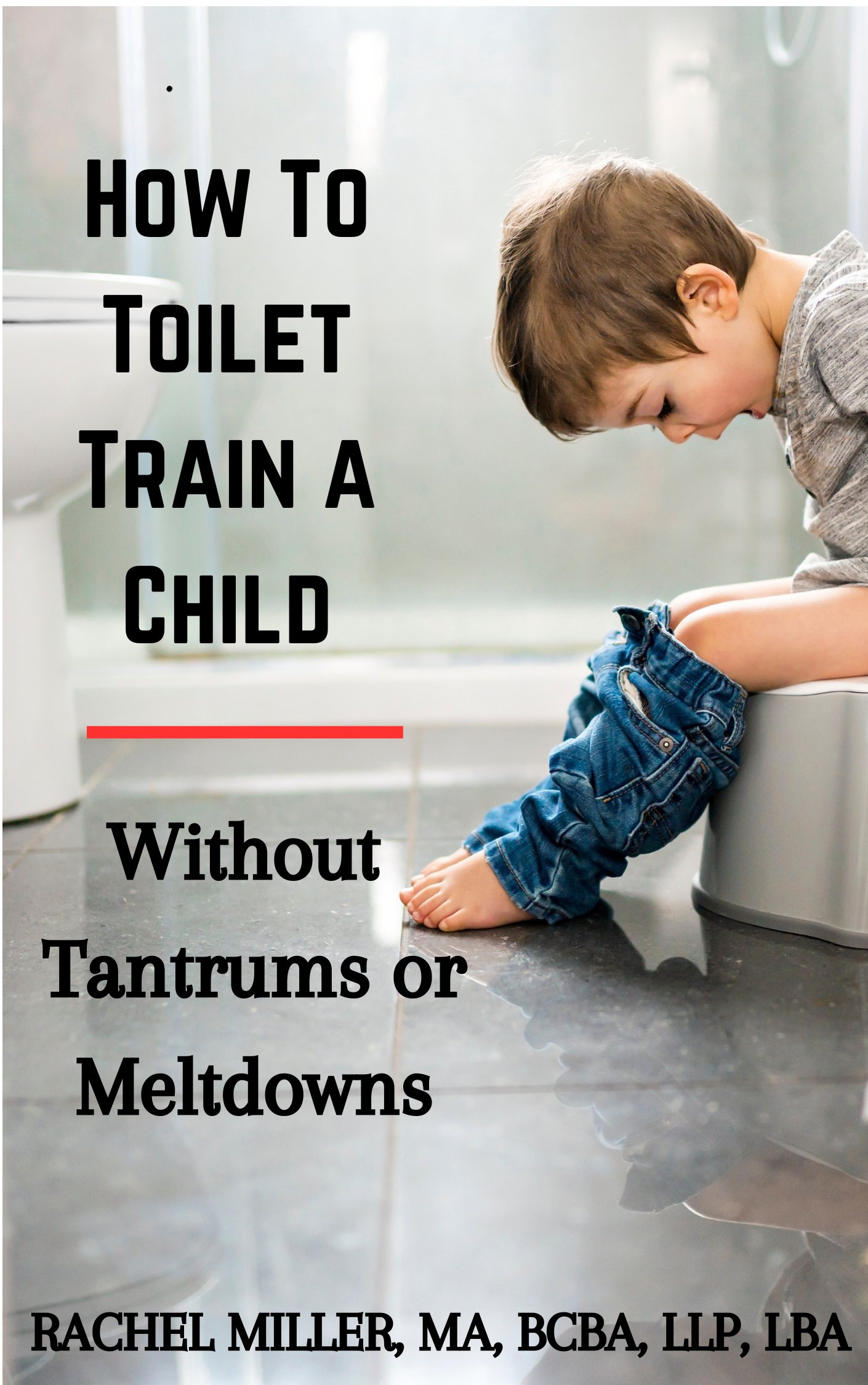Autism Statistics

Find out the most recent autism statistics including prevalence and comparison of rates to other disorders. Over the past decade, statistics are showing a rise in all different parts of the spectrum for no officially known reason.
Because autism causes are more theoretical than fact at this point, there may continue to be an increase in prevalence until more studies can be conducted. It’s possible that the increase may likely be contributed to more awareness and the wide range of characteristics that are involved in the diagnostic criteria.
Prevalence
The following displays the increasing trend in autism statistics:
- Five cases per 10,000 in 1960’s and 1970’s
- Ten cases per 10,000 in 1980’s
- Variable reports for the 1990’s indicate between 5-72 cases per 10,000
- Reports in the early 2000's indicated between 10-20 cases per 10,000
- It then increased to two to six cases per 1,000 or between 1 in 500 to 1 in 166.
- In 2009 the U.S. Centers for Disease Control revised the autism prevalence rate of one in 110 children.
- Males are more likely to be affected than females with a ratio of 4.3:1.
- In 2012 that rate became 1 in 68 of children in the United states.
- In 2020 the rate in the US became 1 out of 54 children.
Currently, in the United States, the prevalence of autism is a staggering 1 in 46! This is almost unbelievable and really demonstrates our need to determine not only a cause, but good treatments as well. Other countries have increasing trends as well, but not all are demonstrating the same prevalence. The countries; France, Portugal, Iceland, Norway, Italy, Germany, Greece, Austria Belgium and Spain have rates ranging from 1 out of 144 to 1 out of 137, demonstrating the lowest rates in the world. These are three times less than the United States. What is the US doing differently that would contribute to such an increasing high rate in such a short time?
Autism Statistics
in Comparison to Other Disorders
Statistics when compared to other childhood disabilities show that autism rates (3.4/1000 children) are lower than mental retardation (9.7/1000 children) and higher than the rate of cerebral palsy (2.8/1000 children) (2).
Around 17 percent of children are diagnosed with some type of developmental disability, including conditions that are considered more mild, such as ADHD, learning disabilities, and speech and language disorders making them more common than autistic disorder.
It would depend on the diagnosing physician and what test or checklist was used to make the diagnosis. It’s important to note when considering statistics that it may not be a full population count of all individuals that are diagnosed.
There may be some children that are diagnosed that have Fragile X Syndrome, or Childhood Disintegrative Disorder, as the symptoms can be very similar. Another contributing factor to the reported statistics, that may not be accounted for, are the children that are stated to have recovered.
Recovery has been shown for children that participate in intensive ABA therapy for 20-40 hours per week 2-6 consecutive years or more specifically discrete trial training as well as natural environment training.
In addition to utilizing ABA, there have been promising advances in the use of biomedical treatments for autistic behavior, such as those outlined in the book Healing the New Childhood Epidemics, which I highly recommend all parents reading.
If you haven't already, be sure to check out my ebooks, now on Amazon!
References
1. Characteristics for Autism.(2008). www.autism-society.org. 11-20-09.
2. Schoenstadt, A. (2009). Autism Statistics. www.autism.emedtv.com. 2-16-10.



